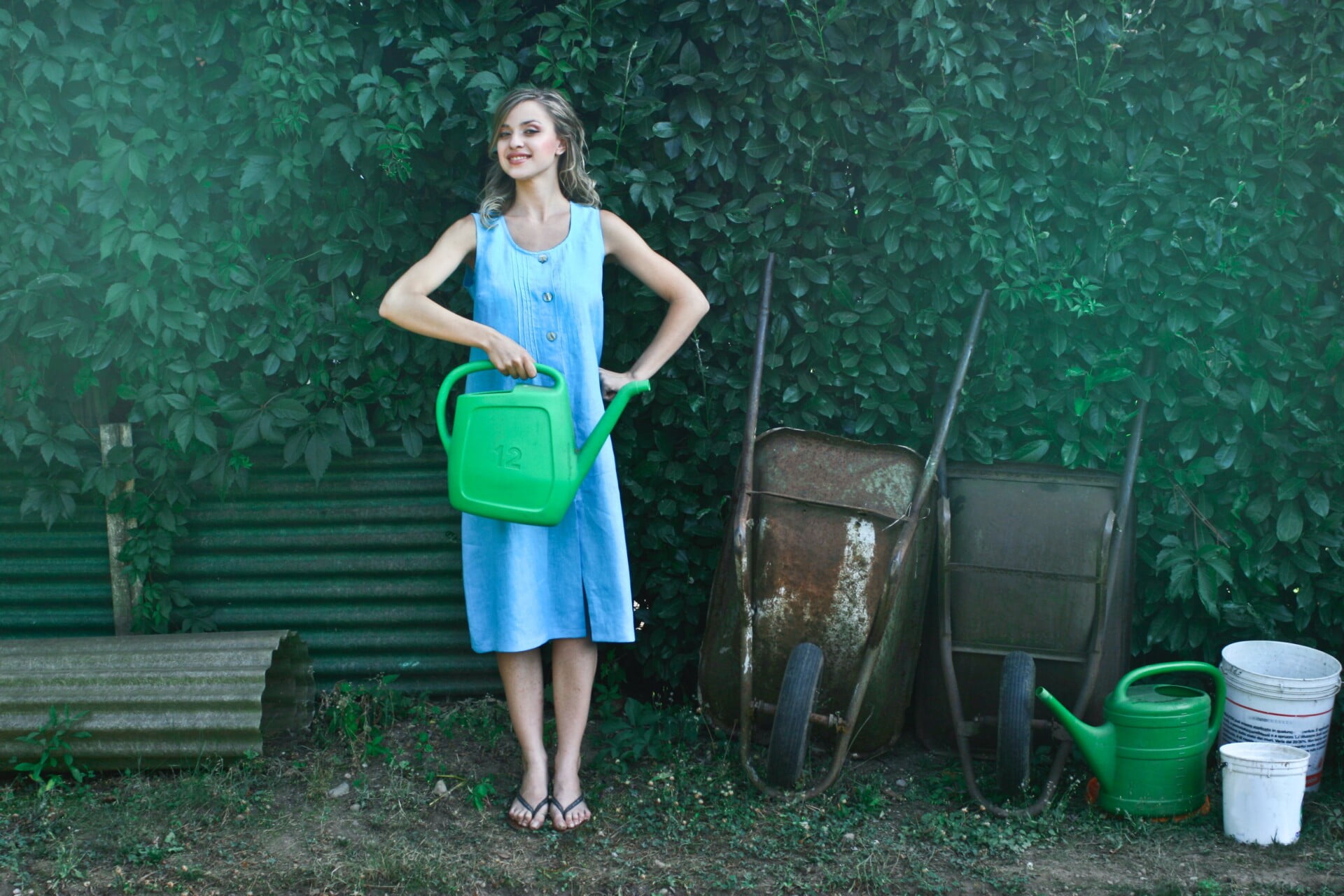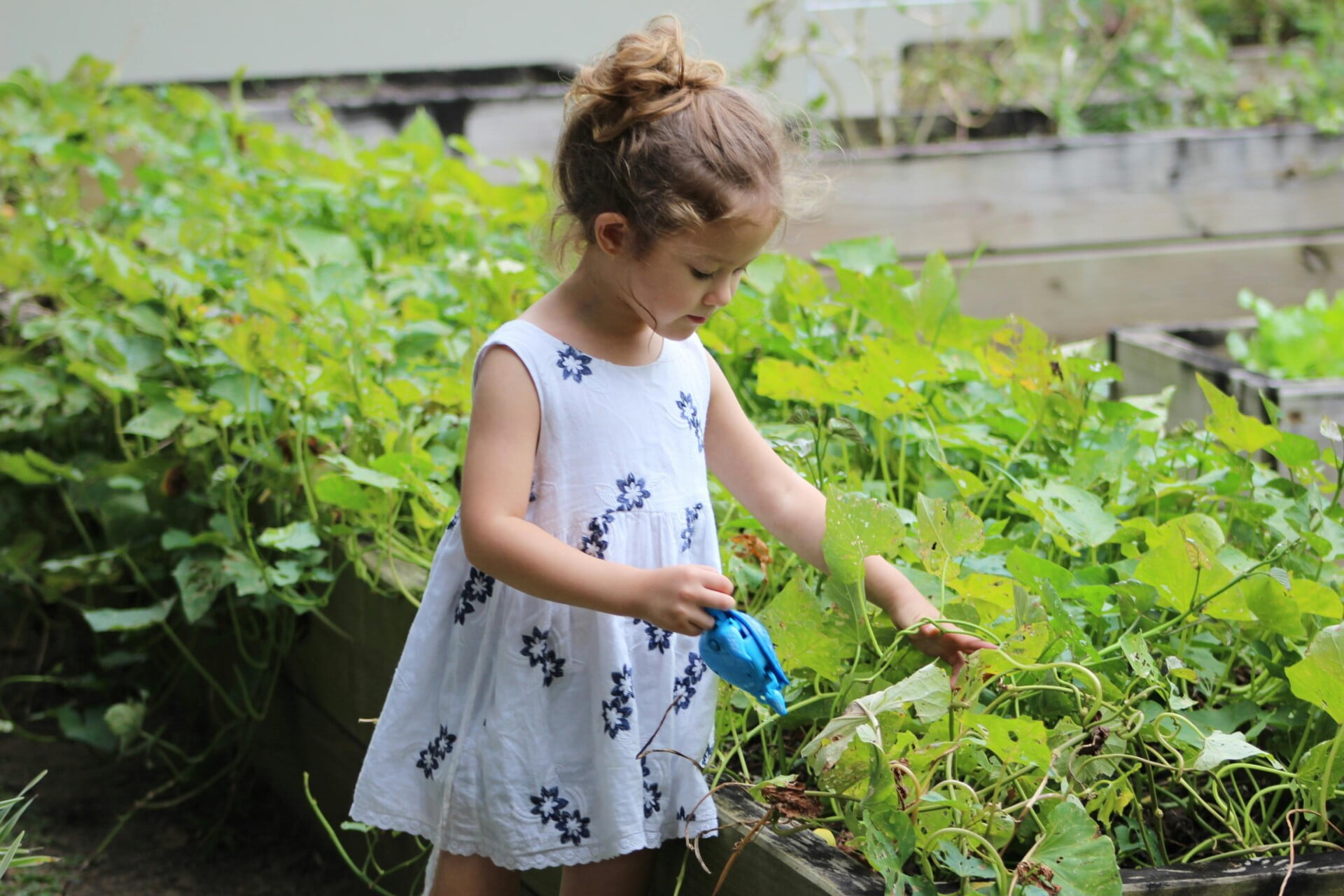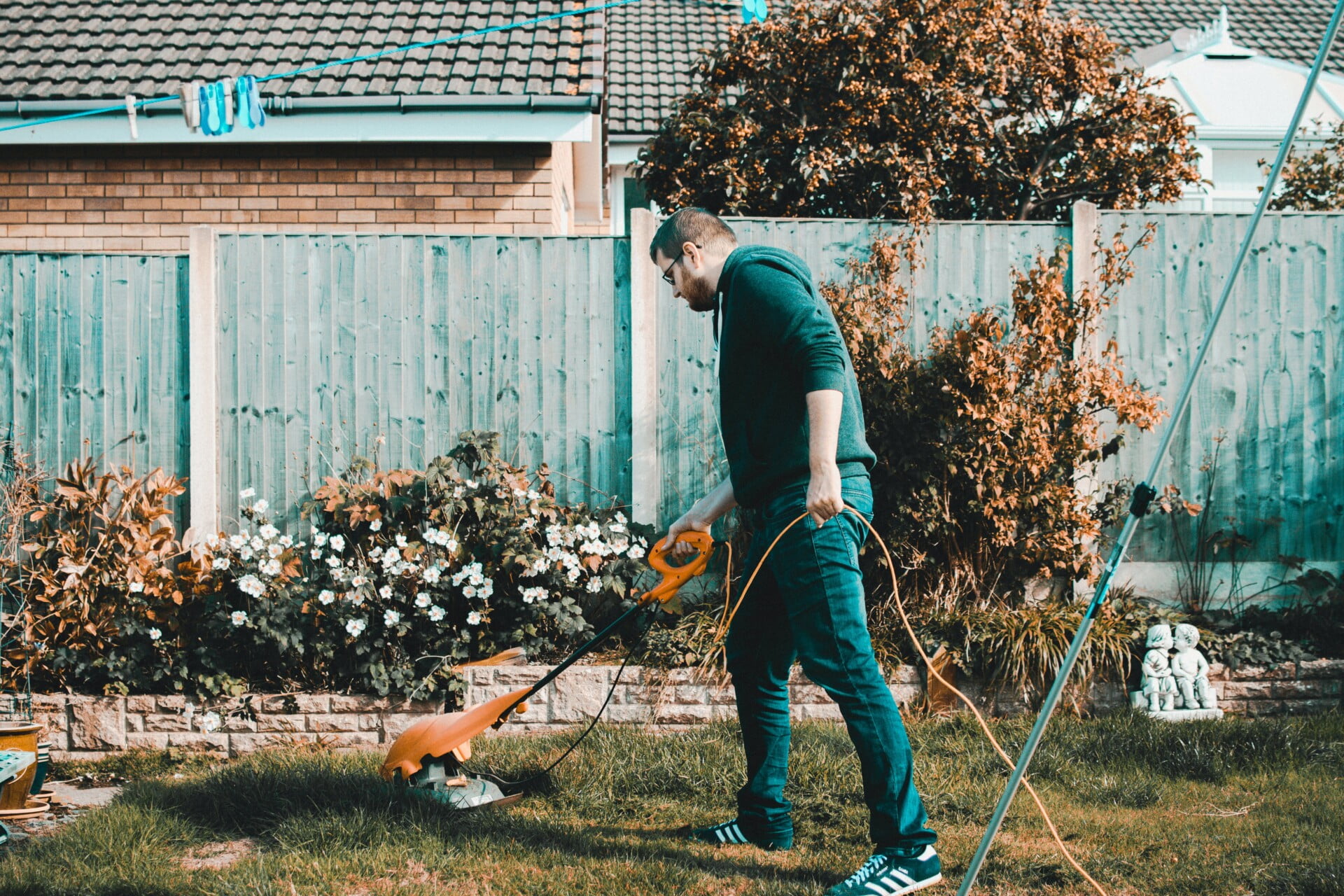Imagine having your own rooftop vegetable garden, filled with fresh produce that you can use in your cooking every day. Starting a rooftop vegetable garden from scratch may seem like a daunting task, but with a little planning and preparation, you can turn your empty rooftop into a thriving green oasis. In this article, we will guide you through the steps of setting up your rooftop garden, from selecting the right containers to choosing the perfect vegetables to grow. Get ready to embark on a rewarding journey of gardening and enjoy the benefits of homegrown vegetables right outside your door.

Selecting the Right Location
Assessing the Rooftop Space
When selecting the location for your rooftop vegetable garden, the first step is to assess the available space. Consider the size and layout of your rooftop to determine how much area you have for gardening. Look for areas that receive adequate sunlight throughout the day, as this is essential for the growth of most vegetables. Also, take into account any obstructions such as vents, air conditioning units, or other structures that may limit the space available for gardening.
Considering Sun Exposure
Sun exposure is crucial for the success of your rooftop vegetable garden. Most vegetables require at least 6-8 hours of direct sunlight to grow and produce a bountiful harvest. Observe your rooftop throughout the day to identify areas that receive the most sunlight. Keep in mind that the angle of the sun changes throughout the year, so consider how the sunlight will hit different areas of your rooftop garden during different seasons.
Checking Structural Integrity
Before starting a rooftop garden, it is important to ensure that your rooftop can support the weight of a garden. Consult with a structural engineer or a professional to assess the load-bearing capacity of your rooftop. This step is crucial for your safety, as well as the longevity of your garden. Structural integrity is especially important if you plan on using large containers or raised beds, which can add significant weight to your rooftop.
Clearing the Area
Before you begin setting up your rooftop vegetable garden, it is essential to clear the area of any debris or obstacles. Remove any loose materials, such as rocks or sticks, and ensure that the surface of your rooftop is clean and free from any potential hazards. This will provide a clean and safe environment for your plants to thrive.
Planning the Layout
Taking Measurements
Measure the available space on your rooftop to determine how much area you have for your vegetable garden. This will help you plan the layout and allocate space for different vegetables, pathways, and any other elements you want to incorporate.
Designing the Garden Beds
Consider the design of your garden beds, keeping in mind the space you have available. Raised beds are a popular choice for rooftop gardens, as they provide good drainage and allow you to control the soil quality. You can design the beds in various shapes and sizes, depending on your preferences and the available space.
Determining Pathways
Plan the pathways between your garden beds to provide ease of access and functionality. Ensure that the pathways are wide enough for you to comfortably navigate through your garden while carrying tools or baskets of harvested vegetables. Consider using materials like gravel or stepping stones to define and separate the pathways from the planting beds.
Adding Vertical Elements
To maximize your rooftop garden’s space, consider incorporating vertical elements such as trellises or planters attached to walls or fences. These structures can support climbing plants like cucumbers or tomatoes, allowing you to grow more vegetables without taking up extra ground space. Vertical gardening not only adds visual interest to your rooftop garden but also increases its productivity.
Preparing the Rooftop
Cleaning the Rooftop Surface
Before setting up your rooftop vegetable garden, clean the surface of your rooftop. Remove any debris, leaves, or dirt that may have accumulated over time. Sweeping or using a leaf blower can help you clear the area quickly and easily. This step ensures a clean and suitable environment for your plants to grow without any obstructions or contaminants.
Securing the Garden Beds
To prevent your garden beds from shifting or moving during strong winds or heavy rains, it is important to secure them properly. Consider using brackets or anchor systems to attach the garden beds to the rooftop surface. This will ensure that your plants and containers remain stable, reducing the risk of damage and allowing for optimal growth.
Installing Drainage System
Adequate drainage is essential for healthy plant growth. On a rooftop, where rainwater may not drain naturally, it is important to install a proper drainage system. This can involve creating drainage holes in your containers or garden beds and directing the excess water to a designated drainage area. Consider consulting with a professional plumber or gardener to determine the best drainage solution for your rooftop garden.
Ensuring Proper Waterproofing
To protect your rooftop from potential water damage and leaks, it is crucial to ensure proper waterproofing. Consider using a waterproof membrane or coating to seal the surface and prevent any water from penetrating into your rooftop structure. This step is especially important if you are planning to install a large rooftop garden with irrigation systems or if your rooftop has a history of water leakage issues.
Choosing the Right Containers
Selecting Suitable Materials
When choosing containers for your rooftop vegetable garden, consider using lightweight materials such as plastic or fiberglass. These materials are durable, weather-resistant, and easy to transport. Avoid using heavy materials like terracotta or concrete, as they can add unnecessary weight to your rooftop and make it more challenging to move or rearrange your garden.
Understanding Container Sizes
Select containers that are appropriate for the size and growth requirements of your chosen vegetables. Larger plants like tomatoes or peppers may require deeper containers, while smaller plants like herbs or lettuce can thrive in shallower ones. Make sure your containers have sufficient drainage holes to prevent waterlogging and ensure that the plants have enough space for their roots to grow.
Considering Drainage Needs
Good drainage is essential for the health of your vegetable plants. Ensure that your containers have drainage holes at the bottom to allow excess water to escape. This will prevent waterlogging, which can lead to root rot and other diseases. Using a layer of gravel or small rocks at the bottom of the container can further enhance drainage.
Opting for Self-Watering Containers
Consider using self-watering containers to simplify the watering process and ensure consistent moisture levels for your vegetable plants. These containers have a built-in reservoir that holds extra water, allowing the plants to absorb water as needed. Self-watering containers are especially beneficial for rooftop gardens, as they can reduce the frequency of watering, making it easier to maintain your garden.

Selecting the Right Vegetables
Considering the Climate
When selecting vegetables for your rooftop garden, consider the climate of your region. Certain vegetables thrive in specific climates, so choose varieties that are well-suited to the temperature and weather conditions of your area. Consult local gardening resources or seek advice from experienced gardeners to determine which vegetables will grow best on your rooftop.
Assessing Sunlight Requirements
Different vegetables have varying sunlight requirements, so it is important to consider the amount of sunlight your rooftop receives when selecting the right plants. Leafy greens like lettuce or spinach can tolerate partial shade, while fruiting plants like tomatoes or peppers require full sun. Take stock of how many hours of sunlight each part of your rooftop receives to ensure that you choose vegetables that will thrive in your specific conditions.
Choosing Compact Varieties
In a rooftop garden with limited space, it is advantageous to choose compact varieties of vegetables that do not require excessive spreading or sprawling. Look for bush or dwarf varieties, which tend to have a smaller growth habit and can be grown in smaller containers. Compact vegetables not only save space but also make it easier to manage and maintain your garden.
Prioritizing High-Yield Crops
To make the most of your rooftop vegetable garden, prioritize high-yield crops that produce a large quantity of vegetables in a small space. Examples include cherry tomatoes, zucchini, or green beans. By selecting vegetables with high yields, you can maximize the productivity and harvest of your garden, ensuring a plentiful supply of fresh vegetables for your enjoyment.
Preparing the Soil
Testing Soil Quality
Before planting your vegetables, it is crucial to test the quality of your rooftop soil. Collect soil samples from different areas of your garden and have them analyzed at a local agricultural extension office or a soil testing laboratory. The results will provide valuable information about the soil’s nutrient content and pH level, allowing you to make any necessary adjustments to create optimal growing conditions for your plants.
Amending the Soil
Based on the results of your soil test, you may need to amend the soil to ensure it is adequately fertile and well-draining. Organic matter, such as compost or well-rotted manure, can be added to improve soil structure, moisture retention, and nutrient content. Vermiculite or perlite can also be used to enhance drainage. Mix these amendments thoroughly into the soil to create a healthy growing medium for your vegetables.
Using Organic Fertilizers
To nourish your vegetable plants and promote healthy growth, opt for organic fertilizers instead of synthetic ones. Organic fertilizers, such as compost or worm castings, enrich the soil with essential nutrients without introducing harmful chemicals. They also improve soil structure over time and encourage the development of beneficial microorganisms, which contribute to overall soil health.
Creating Healthy Microorganisms
In addition to using organic fertilizers, it is beneficial to create a thriving ecosystem of beneficial microorganisms in your rooftop soil. These microorganisms contribute to nutrient cycling and help plants absorb nutrients more effectively. Incorporating organic matter, such as compost or mulch, into the soil creates a favorable environment for these beneficial organisms to thrive, resulting in healthier and more productive vegetable plants.

Planting and Sowing Seeds
Starting with Seedlings
To simplify the process and ensure a successful rooftop vegetable garden, consider starting with seedlings rather than planting seeds directly into the soil. Buying seedlings from local nurseries or starting your own indoors allows you to get a head start on the growing season and reduces the risk of seeds failing to germinate or being attacked by pests. Transplant the seedlings into your garden beds or containers once they have developed a few true leaves.
Germinating Seeds
If you prefer to start your vegetables from seeds, you can germinate them indoors before planting them outdoors. Follow the instructions on the seed packets for the specific vegetables you are planting, as different seeds have different germination requirements. Provide the seeds with adequate moisture, sunlight, and warmth to encourage healthy germination. Transplant the seedlings into your garden beds or containers when they are strong enough to handle outdoor conditions.
Determining Plant Spacing
Proper plant spacing ensures that your vegetable plants have enough room to grow and access adequate sunlight and nutrients. Each vegetable has specific spacing requirements, so consult the seed packets or gardening resources to determine the recommended distance between plants. By spacing your plants correctly, you will optimize their growth and minimize the risk of overcrowding, which can lead to disease and reduced yields.
Proper Seed Depth
When planting seeds, it is important to sow them at the appropriate depth to facilitate germination and seedling growth. Generally, smaller seeds should be planted shallower, while larger seeds require deeper planting. Follow the instructions on the seed packets for specific guidelines. As a general rule, the depth should be about two to three times the diameter of the seed. After planting, gently pat the soil down to ensure good seed-to-soil contact.
Providing Adequate Watering
Establishing Watering Schedule
One of the most important aspects of rooftop vegetable gardening is ensuring that your plants receive adequate water. Establish a regular watering schedule to maintain consistent soil moisture levels. The frequency and amount of watering will depend on various factors such as plant species, weather conditions, and the type of containers or garden beds you are using. Monitor the soil moisture regularly and adjust your watering schedule as needed.
Monitoring Soil Moisture
Regularly check the moisture level of your soil to ensure that your vegetable plants are receiving an adequate water supply. Stick your finger about an inch into the soil to determine if it feels dry or moist. Alternatively, you can use a moisture meter to accurately measure the moisture level. Consistent monitoring will help you avoid under-watering or overwatering, ensuring optimal growing conditions for your plants.
Using Irrigation Systems
Consider using an irrigation system to simplify the watering process and ensure that your plants receive water evenly. Drip irrigation or soaker hoses are efficient options for rooftop gardens, as they deliver water directly to the base of the plants, minimizing water loss through evaporation. These systems can be connected to a timer, allowing you to automate the watering process and maintain a consistent moisture level in your garden.
Avoiding Overwatering
While it is important to provide adequate water to your vegetable plants, it is equally crucial to avoid overwatering. Overwatering can lead to waterlogged soil, root rot, and other diseases that can harm your plants. Monitor the soil moisture regularly and adjust your watering frequency based on the specific needs of your plants and the prevailing weather conditions. Remember that plants may require less water during cooler or rainy periods.
Implementing Proper Nutrient Management
Understanding Nutrient Requirements
Vegetable plants require optimal nutrient levels to grow and produce a plentiful harvest. Understanding the nutrient requirements of different vegetables is essential for their successful cultivation. Each vegetable has specific nutrient requirements, with the three main nutrients being nitrogen, phosphorus, and potassium. These nutrients can be supplemented through fertilization to ensure that your plants have the necessary resources for healthy growth.
Using Organic Compost
Incorporate organic compost into your garden beds or containers to enrich the soil with essential nutrients. Compost is composed of decomposed organic matter, such as food scraps, yard waste, and leaves. It improves soil structure, enhances nutrient retention, and promotes the growth of beneficial microorganisms. Spread a layer of compost over the soil surface or mix it with the existing soil before planting to provide a nutrient-rich environment for your vegetable plants.
Applying Balanced Fertilizers
To supplement the nutrient requirements of your vegetable plants, consider using balanced organic fertilizers. Look for fertilizers labeled with an NPK (Nitrogen-Phosphorus-Potassium) ratio that suits the needs of your specific vegetables. Apply the fertilizer according to the manufacturer’s instructions, ensuring that you distribute it evenly around the plants and incorporate it into the soil. Regular fertilization will provide your plants with the necessary nutrients for vigorous growth and high yields.
Regularly Checking Nutrient Levels
To ensure that your vegetable plants have optimal nutrient levels, it is important to regularly check the nutrient levels in your soil. This can be done through soil testing, which measures the concentrations of essential nutrients. Based on the test results, you can adjust your fertilization practices or make amendments to maintain the proper nutrient balance. Regular monitoring of nutrient levels will help you prevent nutrient deficiencies or excesses, leading to healthier and more productive plants.
Maintaining and Harvesting
Regular Weeding
Regular weeding is crucial to keep your rooftop vegetable garden healthy and vibrant. Weeds compete with your vegetable plants for nutrients, water, and sunlight. Regularly inspect your garden beds or containers and remove any weeds by hand or with a small garden tool. Maintaining a weed-free garden reduces the risk of diseases, promotes better airflow, and allows your vegetables to grow without unnecessary competition.
Providing Adequate Support
As your vegetable plants grow, they may require support to prevent them from falling or bending under the weight of their fruits or foliage. Install trellises, stakes, or cages to provide support for climbing or vining vegetables like tomatoes, cucumbers, or beans. This will help keep the plants upright, maximize space utilization, and promote better airflow, reducing the risk of diseases such as powdery mildew.
Pruning and Trimming
Regular pruning and trimming are important aspects of maintaining a healthy rooftop vegetable garden. Remove any dead or diseased leaves or branches to prevent the spread of diseases and maintain good plant hygiene. Pruning also helps control the size and shape of your plants, promoting better growth and improving overall aesthetics. Follow specific pruning guidelines for each vegetable to ensure you are pruning correctly and at the right time.
Harvesting at the Right Time
Harvesting your vegetables at the right time is crucial for their flavor, texture, and nutritional value. Each vegetable has different indicators of ripeness, such as color, size, or texture. Consult gardening resources or seed packets for specific guidelines on when to harvest each type of vegetable. Harvesting at the peak of ripeness ensures that you enjoy the best quality and taste from your rooftop vegetable garden. Remember to use sharp scissors or garden shears to harvest your vegetables without causing damage or stress to the plants.
Starting a rooftop vegetable garden from scratch can be an exciting and rewarding endeavor. With proper planning and preparation, you can create a thriving garden that provides you with a fresh and healthy supply of homegrown vegetables. By selecting the right location, planning the layout, preparing the rooftop, choosing suitable containers, selecting the right vegetables, preparing the soil, planting and sowing seeds, providing adequate watering, implementing proper nutrient management, and maintaining and harvesting your plants, you can enjoy the joys and benefits of your own rooftop vegetable garden. Happy gardening!
